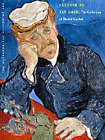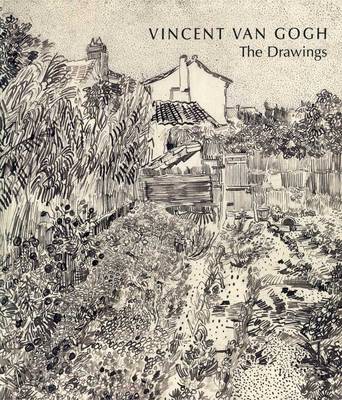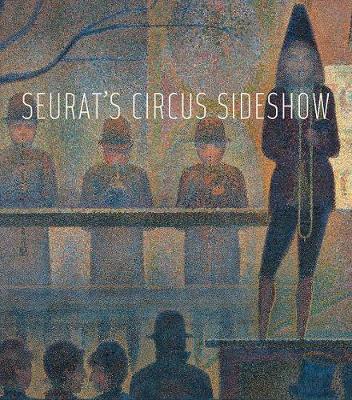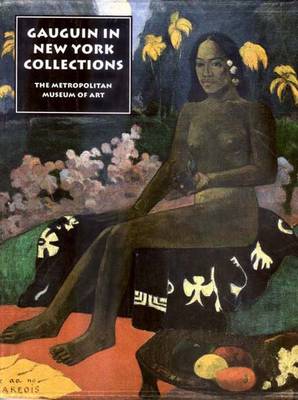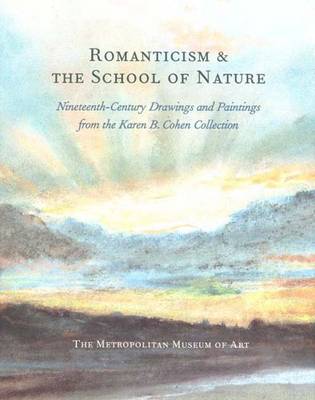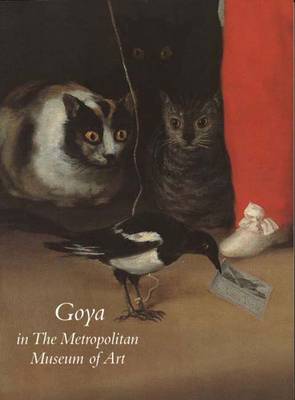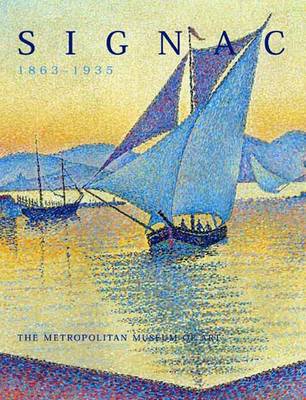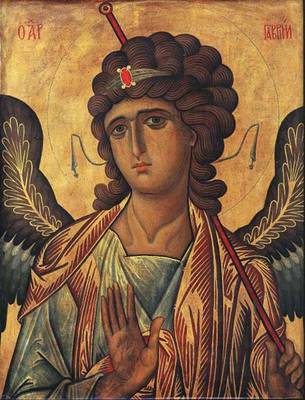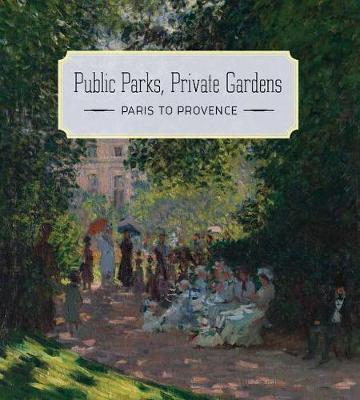Metropolitan Museum of Art
10 total works
Vincent van Gogh
by Colta Ives, Susan Alyson Stein, Sjraar van Heugten, and Marije Vellekoop
Vincent van Gogh (Dutch, 1853-1890) believed that drawing was "the root of everything." A self-taught artist, he succeeded, between 1881 and 1890, in developing an inimitable graphic style. This book traces the artist's successive triumphs as a draftsman, first in the Netherlands and later in France, highlighting the diversity of his technical invention and the striking continuity of his vision. Given the pivotal role drawings played in Van Gogh's artistic conception and the rich dialectic they enjoyed with his oil paintings, a small selection of related canvases by the artist is also featured. This book presents approximately 120 works in charcoal, ink, graphite, watercolor, and diluted oils. The authors explore enduring questions that surround Van Gogh's drawings, including their manufacture, artistic precedents, and contribution to Modernism. In addition, the text discusses the significance of the artist's drawing practice to his development as a painter. The essays and entries were painstakingly researched and provide fresh interpretations of the motivating influences that shaped the artist's contributions to the history of drawing. [This book was originally published in 2005 and has gone out of print. This edition is a print-on-demand version of the original book.]
Seurat's Circus Sideshow
by Richard Thomson, Susan Alyson Stein, Charlotte Hale, and Silvia Centeno
Published by The Metropolitan Museum of Art/Distributed by Yale University Press
Exhibition Schedule:
The Metropolitan Museum of Art
(02/15/17–05/29/17)
Romanticism and the School of Nature
by Colta Ives and Elizabeth E. Barker
Goya in the Metropolitan Museum of Art
by Colta Ives and Susan Alyson Stein
Art and Autoradiography
by Maryan W. Ainsworth, etc., John Brealey, Egbert Haverkamp-Begemann, and Pieter Meyers
Paul Signac, 1863-1935
by Marina Ferretti Bocquillon, etc., Anne Distel, John Leighton, and Susan Alyson Stein
In a series of essays the exhibition's curators discuss Signac's richly interesting career from a variety of perspectives. John Leighton, Director of the Van Gogh Museum, provides an introductory essay that chronicles Signac's triumphs as a painter. The well-known Signac scholar Marina Ferretti Bocquillon focuses on Signac's achievements as a draftsman and watercolourist, and Sjraar van Heugten, Chief Curator of the Van Gogh Museum, summarises Signac's activity as a printmaker. Anne Distel, Chief Curator of the Musee d'Orsay, examines Signac's role as a promoter of his own works and those of his colleagues and describes a host of other activities - beyond painting - that engaged Signac's interest. The final essays in this volume shed new light on Signac's appreciation of the works of his predecessors, contemporaries, and followers - as evidenced in his artworks, in his published and unpublished writings, and in his private collection. Susan Alyson Stein, Associate Curator of European Paintings, The Metropolitan Museum of Art, examines the ways Signac understood the genius of such painters as Delacroix, Monet, Renoir, Cezanne, Van Gogh, Bonnard, and Matisse.
Marina Ferretti Bocquillon explores the Signac's role as a collector, providing a wealth of new information about the works he owned by fellow artists. Contributor Kathryn Calley Galitz is Research Associate in the Department of European Paintings at The Metropolitan Museum of Art, New York. Lavishly illustrated with comparative and documentary photographs, the volume includes an annotated chronology and a map that pinpoints the sites depicted in Signac's works.
Continuing the story of the critically acclaimed Glory of Byzantium: Art and Culture of the Middle Byzantine Era, A.D. 843-1261, this book, the first to focus exclusively on the last centuries of the Byzantine era, is a highly anticipated publication that will not be superceded for generations.
The spectacular transformation of Paris during the 19th century into a city of tree-lined boulevards and public parks both redesigned the capital and inspired the era's great Impressionist artists. The renewed landscape gave crowded, displaced urban dwellers green spaces to enjoy, while suburbanites and country-dwellers began cultivating their own flower gardens. As public engagement with gardening grew, artists increasingly featured flowers and parks in their work.
Public Parks, Private Gardens includes masterworks by artists such as Bonnard, Cassatt, Cezanne, Corot, Daumier, Van Gogh, Manet, Matisse, Monet, and Seurat. Many of these artists were themselves avid gardeners, and they painted parks and gardens as the distinctive scenery of contemporary life. Writing from the perspective of both a distinguished art historian and a trained landscape designer, Colta Ives provides new insights not only into these essential works, but also into this extraordinarily creative period in France's history.
